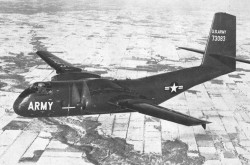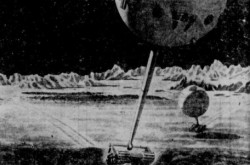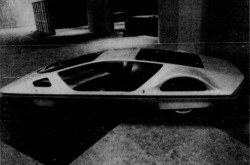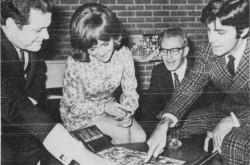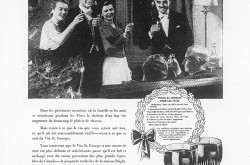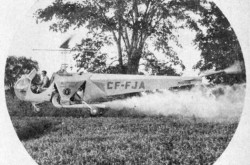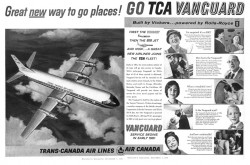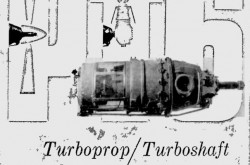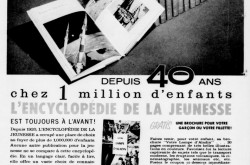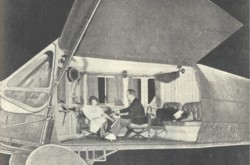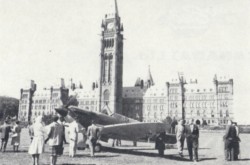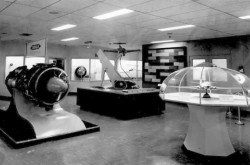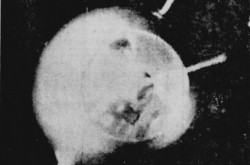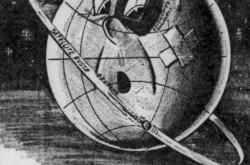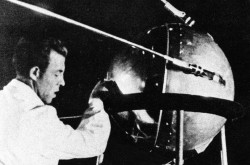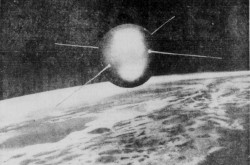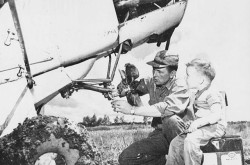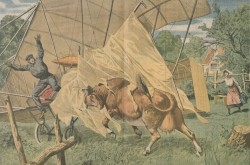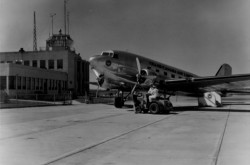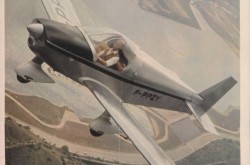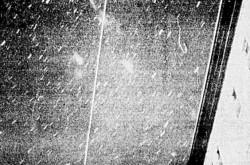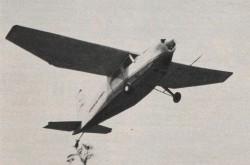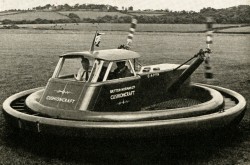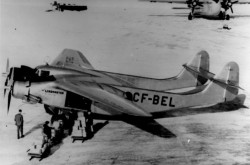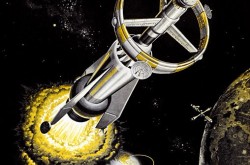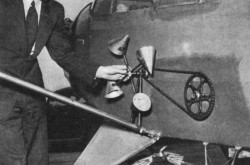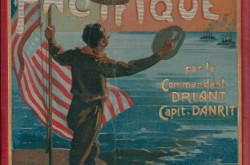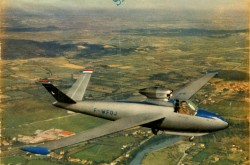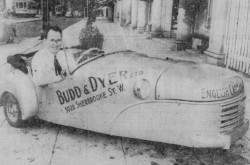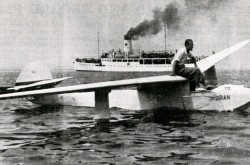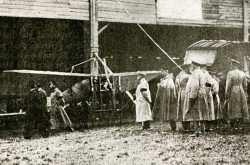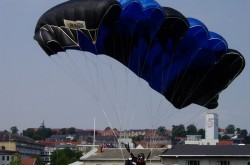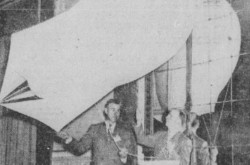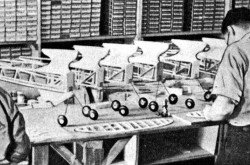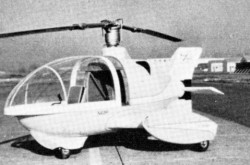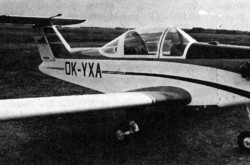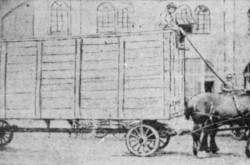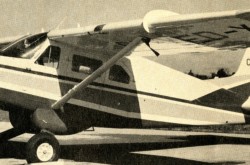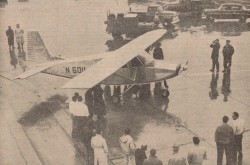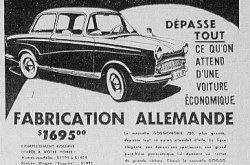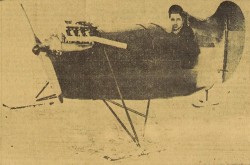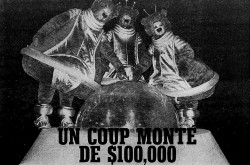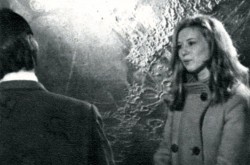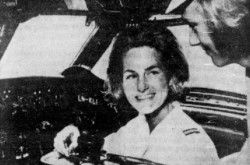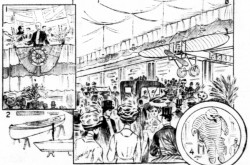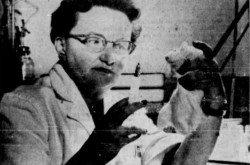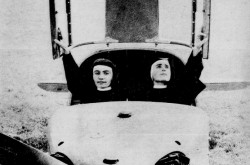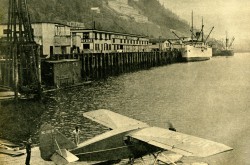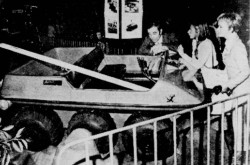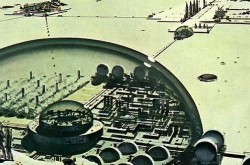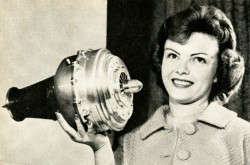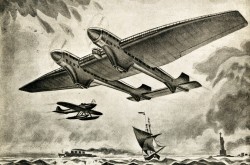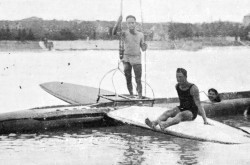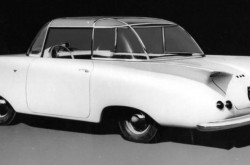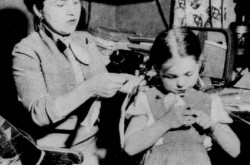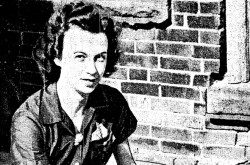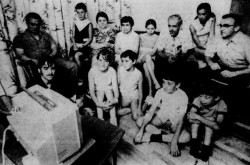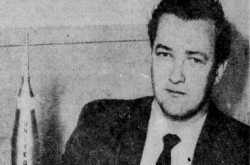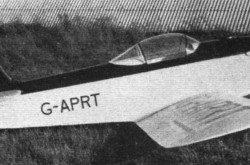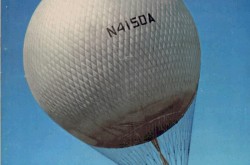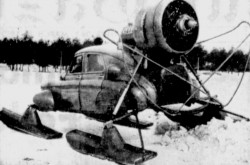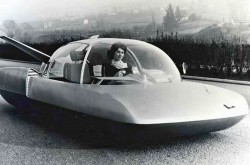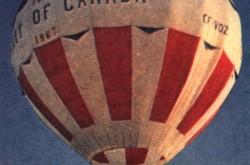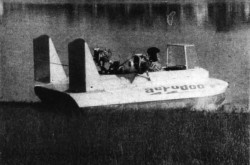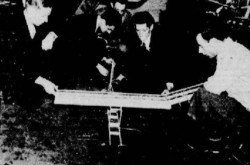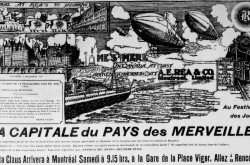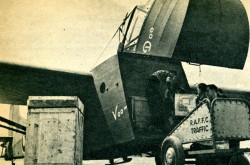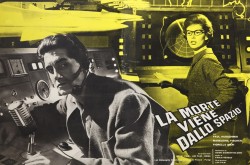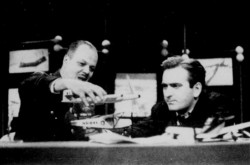“A prophet is not without honour except in his own country.” – The Hungarian Canadian Louis Gyory and the unfulfilled future of his electric and hybrid vehicles, part 2

Good day to you, my reading friend. I am pleased to see that you chose to drive my way once again. The story of Marathon Golf Car Limited / Marathon Electric Car Company Limited / Marathon Electric Vehicles Incorporated of Saint-Léonard-de-Port-Maurice, Québec, and its president, Louis Gyory, is indeed quite interesting and I bet you had never come across that small firm before last week, and…
You already have a question? Seriously? Who was the gentleman sitting besides Gyory in the photograph we have just seen? A valid question. He was David Cameron Salter, the chairperson of Marathon Electric Vehicles mentioned in the 1st part of this article, but back to our story.
By the spring of 1976 at the latest, Marathon Electric Car had developed a 2-seat electric utility vehicle with a fibreglass bodywork, a 225 or so kilogramme (500 or so pounds) payload and an 80 to 95 or so kilometre (50 to 60 or so miles) range, provided that its owner bothered to plug it into an ordinary 115- or 120-volt outlet.
Even though recharging the rechargeable lead-acid batteries took 6 to 11 or so hours, sources vary wildly as you can see (read?), said recharging could be done at night, when demand for electricity was low, and…
You wish to know the designation of that vehicle, my techie reading friend? You bring tears of bliss to my weary peepers. You see, Marathon Electric Car’s vehicle was available in 2 versions, a hardtop and a convertible with a canvas top as well as door windows which could zipped or unzipped. Both versions were referred to as Marathon C-300s.

The Marathon C-300 of the Canada Science and Technology Museum, Ottawa, Ontario. CSTM 1983.0440.
And yes, there is indeed a hardtop C-300 in the collection of the Canada Science and Technology Museum, in Ottawa, Ontario, a sister / brother institution of the breathtaking Canada Aviation and Space Museum, also in Ottawa.
And yes, again, the C-300 might well have been the sporty 2-seat electric automobile optimised for use in urban and suburban areas mentioned in the 1st part of this article.
And yes, err, again, my reading friend, the convertible C-300 was indeed similar in appearance to the Volkswagen Typ 181 / Kurierwagen, a West German gasoline-powered military and civilian utility vehicle known as the Volkswagen Safari / Thing in North America, a vehicle produced in West Germany and Mexico between 1968 and 1980.
The Thing in question was, of course, one of the Fantastic Four, a superhero team created in 1961 that you should know and love. And yes, the Fantastic Four were / are among the countless superheroes developed for Marvel Comics Incorporated, a firm known in 2024 as Marvel Worldwide Incorporated mentioned in February and July 2019 issues of our marvellous, in French merveilleux, blog / bulletin / thingee.
As everyone knows, Marvel Comics is a subsidiary of another American firm, Marvel Entertainment Limited Liability Company, itself a subsidiary of an American multinational mass media and entertainment conglomerate, The Walt Disney Company.
Incidentally, the Fantastic Four were the first Marvel Comics superheroes, as well as the first entirely new superheroes to burst upon the scene since the end of the Second World War, I think, but I digress.
In any event, the C-300 was a lot cheaper to operate than a conventional automobile. Would you believe that its owner could run it for a measly 0.375 or so cent per kilometre (0.6 or so cent per mile)? That sum corresponded to 1.9 or so cent per kilometre (3.1 or so cents per mile) in 2024 currency.
By comparison, a litre of gasoline cost anything from 16 to 19 or so cents per litre (72 to 85 or so cents per Imperial gallon / 60 to 71 or so cents per American gallon) in Montréal, Québec, in 1976-77. Those sums corresponded to 82 to 97 or so cents per litre ($3.70 to $4.40 or so per Imperial gallon / $3.10 to $3.65 or so per American gallon) in 2024 currency.
And yes, many people faced with such prices in 1976-77 thought they were outrageous. Little did they know…
Mind you, the rechargeable batteries of Marathon Electric Car’s vehicles had to be replaced every 32 200 or so kilometres (20 000 or so miles) at a cost of $350 to $500, sums which corresponded to $1 800 to $2 550 or so in 2024 currency.
With a top speed of 55 or so km/h (35 or so mph), a velocity it could reach in a dazzling 12 or so seconds flat, the C-300 was not to be driven on a highway.
It was certified as roadworthy in Canada and the United States, however, which meant that it could fulfil its primary purpose either as a commercial or private vehicle primarily intended for urban use. After all, according to Marathon Electric Car, 3 out of every 4 automobile trips were less than 50 or so kilometres (30 or so miles) in length, and this at speeds rarely exceeding 40 or so km/hr (25 or so mph).
To answer the question which is slowly coalescing in your little noggin, a C-300 cost something like $6 650 to $6 800, retail prices which included all taxes, sums which corresponded to something like $34 000 to $34 800 or so in 2024 currency.
By comparison, an average gasoline-powered automobile cost $5 500 or so, a sum which corresponded to $28 100 or so in 2024 currency. And yes, such a vehicle could certainly have been driven on a highway.
Speaking (typing?) of highway, the gearbox of the C-300 was that of the American Ford Pinto subcompact automobile. Yes, that Pinto. The one whose record in cases of rear-end fire fatalities was far worse than that of larger American automobiles of the time.
This being said (typed?), the rumours according to which hundreds if not thousands of people were killed or grievously injured in such rear-end fires were seemingly incorrect. Even though the number of documented fires might have been as low as 50 or so, one was still too many.
It is also worth noting that the mechanical components of the C-300 were not exotic. They were in fact standard, off the shelf components. Many of them came from the United States, which made sense given Marathon Electric Car’s wish to send most of its production to that country.
The firm’s interest in the American market was quite understandable. You see, the United States Congress easily overrode a presidential veto in September 1976 and passed the Electrical Vehicle Research, Development and Demonstration Act, a legislative measure which set up a 5-year and US $160 000 000 electrical vehicle research, development and demonstration project supervised by the Energy Research and Development Administration, but back to our story.
Incidentally, that sum corresponded to approximately $1 225 000 000 in 2024 currency, which was no small change. Now back to our story.
In March 1976, the Ministry of Transportation and Communications of Ontario set up a small team to evaluate the feasibility of an electric vehicle acquisition program whose ultimate goal would the leasing of said vehicles to commuters driving from their homes in the Toronto, Ontario, area to the nearest GO-Transit train station. The team looked at 10 or so electric vehicles, including the C-300 of course. Sadly enough, the project went nowhere.

The federal Minister of Transport, Otto Emil Lang, at the wheel of a yellow Marathon C-300 electric vehicle prototype. Anon., “Minister in Transit.” Ottawa Journal, 29 May 1976, 3.
The federal Minister of Transport, Otto Emil Lang, seemed pleased by the C-300 he drove on a fine day of late May 1976 when a prototype was brought to Parliament Hill, in Ottawa, so that parliamentarians and journalists could ooh and aah all over it. This being said (typed?), Lang did not buy that particular C-300 or any other one for that matter. His (government-supplied?) gasoline-powered limousine was far more comfortable.
Incidentally, the C-300 was in Ottawa to help Lang launch National Transportation Week, a major event which included displays in several, if not many cities in Canada, and this from coast to coast.
To answer the question you have not asked yourself yet, yes, as far as yours truly can tell, all C-300s were yellow. And no, I have no idea why.

A publicity photograph showing the first production example of the Marathon C-300 electric vehicle with two fully dressed female models. Anon., “Electric car goes south.” The Montreal Star, 16 November 1977, D-8.

The same female models in the company of the small electric motor of the same C-300 electric vehicle. Michael Shelton, “U.S. buys Canada’s electric vehicle.” The Montreal Star, 17 November 1977, C-1.

Members of the media examining the first production example of the Marathon C-300 electric vehicle on display at the Queen Elizabeth Hotel, Montréal, Québec. Guy Deshaies, “50 milles sur 12 batteries.” Le Devoir, 17 Novembre 1977, 1.
The 1st production example of the C-300, the 1st Canadian electric automobile since the mid 1910s, I think, was officially unveiled in mid-November 1977. Said unveiling took place in the hallowed halls of the posh Queen Elizabeth Hotel of Montréal, Québec, where many members of the media oohed and aahed all over it.
Yes, yes, since the mid 1910s and the 1914 bankruptcy of Tate Accumulator Company of Canada Limited of Toronto and its automobile manufacturing subsidiary, Tate Electrics Limited of Walkerville, Ontario.
A somewhat different oohing and aahing had taken place in the Queen Elizabeth Hotel in late May and early June 1969 when the English songwriter / singer / musician / political activist John Winston Lennon and his Japanese spouse, Yoko Ono, born Ono Yōko, had held their second bed-in for peace, a nonviolent protest aimed primarily at the Vietnam War.
As you know, both Lennon and Ono were mentioned in a January 2020 issue of our blog / bulletin / thingee.
Incidentally, did you know that Lennon recorded a song in the Queen Elizabeth Hotel with a little help from a small group of friends? A song he had just completed. Yes, that song. Give Peace a Chance.
At the risk of overstepping the bounds of good taste, how many people died in conflicts, in attacks which were all too often launched against nonmilitary targets, during the time it took you to read the three previous paragraphs? It is to weep.
In November 1977, Marathon Electric Car hoped to build 500 or so C-300s by the middle of 1978. By the end of 1980, it hoped that its annual sales volume would hover around $10 000 000, a sum which corresponded to approximately $43 400 000 in 2024 currency. Most of the vehicles produced would of course have gone to the United States.
Given that Marathon Electric Car had a grand total of 10 or so employees in mid-1977, the firm would have to grow by leaps and bounds to achieve all of its goals. Indeed, by late April 1978, it had produced a grand total 32 C-300s, including 7 prototypes. Most of the 25 production vehicles were sold in the United States.
At the time, yes, in April 1978, the small Québec firm hoped to build 500 or so C-300s by the middle of 1979, and 1 500 or so by the end of 1980.
Mass production of the C-300 might have cut in half the retail price of the vehicle, to $3 400, or so thought (hoped?) the management of Marathon Electric Car. That sum, by the way, corresponded to $14 750 or so in 2024 currency.
By the way, again, assembling a single vehicle in 1978-79 might have taken as much as 3 weeks. Mind you, other sources stated that Marathon Electric Car could produce 10 vehicles a month, which seemed to be a rather more reasonable figure, do you not think?
Given the sentiment expressed in the late summer of 1977 by the Science Council of Canada, according to which the country was in dire need of a comprehensive national industrial strategy to counteract its overdependence on direct foreign investments and its underachievement in the creation of viable Canadian-owned firms able to gain access to foreign markets, how much financial research and development assistance do you think Marathon Electric Car received from the federal government up to 1977?
Not a dime, you say (type?), my reading friend with few illusions left in her / his toolbox? That was indeed correct. Not a dime.
To answer the question currently coalescing in your little noggin, the Science Council of Canada was a federal agency whose mandate was to assess and oversee the state of science and technology in Canada. Created around April 1966, it was disbanded in December 1992. You see, the approach toward science and technology of the federal government of the time was very much market-oriented rather than state-directed.
Neoliberalism was then the order of the day, with all of the consequences that we know in 2024: a lack of job security, economic inequalities, the growth of oligopolies / monopolies, the loss of jobs due to outsourcing and an increasing indifference to the needs / wellbeing of citizens – all of which leading to an increasing sense of fear and anger in parts of society which felt abandoned and / or betrayed. Wily politicians then had all the room they needed to stoke that fear and anger, and… Sorry, sorry.
The C-300 found a number of takers. One only needed to mention a well-known agency of the United States Department of the Interior, the National Park Service, which acquired at least four, for use in the National Mall area of Washington, District of Columbia.
Mind you, it has been suggested that a true America gentleman used one of those C-300s to zip around Naval Support Facility Thurmont, a posh country retreat located near Thurmont, Maryland, better known as Camp David. The gentleman in question was, you guessed it, James Earl “Jimmy” Carter, Junior. Believe it or not.
A well-known American firm, Eastman Kodak Company, used a couple of C-300s to deliver mail, messages and packages within its sprawling industrial complex. If truth be told, the first production example of the C-300 went to that firm in late 1977 or early 1978. Yes, the one officially unveiled in November 1977.
Marathon Electric Car had a distributor in Florida no later than November 1977 and might, I repeat might, have had more in other locations in the United States. By July 1979, the firm had dealers in Australia and West Germany. Ironically / sadly, interest was very limited in Canada.
And yes, my reading friend, Florida might well have been an interesting market for the small Québec firm, filled as it was with retirees who might have liked the convenience of an electric vehicle.
And yes, again, my astute reading friend, you are indeed correct. Most of the parties interested in the C-300 were initially American parties.
This being said (typed?), one should also mention that the Canadian Department of National Defence and the government of Ontario acquired a number of C-300s that yours truly has yet to ascertain.
At least two C-300s were used for testing, one by Trent University, in Peterborough, Ontario, for battery testing, and one by Transport Canada, at its Motor Vehicle Test Centre of Blainville, Québec, I think, for crash testing.

Leon Derenoski of Saskatoon, Saskatchewan, and the Marathon C-300 electric vehicle he won in July 1980 in a raffle organised by the local chapter of the Knights of Columbus. Eric O. Burt. “Practical use seen for electric car prize.” Star Phoenix, 17 July 1980, B1.
Interestingly, at least to me, a C-300 raffled off in July 1980 by the Saskatoon, Saskatchewan, chapter of the Knights of Columbus was won by Leon Derenoski, a home inspector for the provincial government. An employee of Saskatchewan Housing Corporation perhaps?

Earl Lawrence Krausert at the wheel of one of his Marathon C-300 electric vehicles, Edmonton, Alberta. Heather Conn, “Stares… dares, but who cares!” Edmonton Journal, 13 July 1979, B1.
Did you know that a trio of C-300s, I think, was used to pace marathon runners at the XI Commonwealth Games held in Edmonton, Alberta, in August 1978? All three were later bought by Earl Lawrence Krausert, the manager of the Edmonton branch of National Life Assurance Company of Canada, of Toronto.
Did you also know that Krausert’s interest in electric vehicles dated to the early 1970s, before the oil crisis which exploded on the world scene in October 1973? Back then, Krausert had provided a great deal of encouragement to a German Canadian physician living in Edmonton who had completed a small if not tiny electric (2-seat?) automobile no later than 1972.
By the mid 1970s, Peter Quandt had been able to find investors willing to help him produce his vehicle. Sadly, the Alberta Securities Commission proved rather uncooperative. Utterly frustrated, Quandt eventually gave up. Alberta, it seemed, was not the place where an automobile which did not need gasoline could be produced, but I digress. Back to our story.
A C-300 could be seen zipping about, albeit a tad slowly, at Montréal International Airport, today’s Montréal-Mirabel International Airport, near Mirabel, Québec, from the late 1970s onward.
Yours truly wonders if that vehicle was the mobile banking kiosk used in the terminal building of that airport around 1982, and presumably for some time afterward. That unique contraption was seemingly driven from gate to gate to offer currency exchange services to the passengers of departing and arriving flights. I kid you not, I hope.
In mid 1978, an industrial development officer at the Special Vehicles Division of the Transportation Industries Branch of the Department of Trade and Commerce, was far from thrilled at the way the federal government, yes, that of Canada, treated electric vehicles. You see, Frederick G. “Fred” Johnson was seemingly the only person in that department, if not the federal government, working on such vehicles. I kid you not. Again.
And yes, countries like West Germany, the United States, the United States, Sweden, Japan, France, etc. were spending a fair amount of moolah on electric vehicle development at the time. All that work and moolah went nowhere at the time, of course, given the lack of interest of the major automobile manufacturers – and the power of the oil industry.
Dare yours truly suggest that the prototypes that some major American automobile manufacturers developed in the late 1970s, vehicles like the Chevrolet Electro Vette or the Chrysler ETV, were little more than window dressing, said manufacturers seeking to justify the large subsidies given to them by the American government and the equally large subsidies they hoped to obtain in the future? Too controversial, you think, my wise reading friend? You are probably right, back to Johnson.
Johnson, a (brave? foolhardy??) civil servant let us remember, publicly denounced the apathy, defeatism and negativity of the federal government and of the financial people of Canada at the first ever seminar on electric vehicles held in Canada, in late April 1978, in Toronto.
As was to be expected, the federal Minister of Energy, Mines and Resources, the Canadian businessman Alastair William Gillespie, stated that Canada’s electric vehicle industry could look forward to increased (financial??) support from his government. The reaction of many of the people listening in to those words was that they were mere election talk.
Would you believe that Gillespie was cornered by businessmen and journalists after the end of the seminar? Why, you should. They informed him that the management of Marathon Electric Car, the only manufacturer of electric vehicles in Canada at the time let us not forget, was fed up to such an extent by the limited support and absence of encouragement provided by the federal government that it was thinking about moving to the United States, to South Carolina more specifically, if some sort of financial assistance came its way from that state.
Mind you, Canada’s shaky economy and the presence of a Parti québécois government in Québec whose ultimate goal was to create an independent republic, also played a role in Marathon Electric Car’s interest in the possibility of a move to South Carolina.
Some sort of financial assistance might have in fact have materialised. You see, Marathon Electric Car set up Marathon Vehicles Incorporated in Greenville, South Carolina, during the summer of 1978. By early September, the employees of a golf cart manufacturer, Davis 500 Incorporated, also based in Greenville, had completed a Marathon C-360 delivery van, presumably with at least some Canadian-made components, and…
What exactly was this C-360 which came out of the blue, you ask, my reading friend who fears to have lost the thread of our story. An excellent question. Our examination of that vehicle will only take place in the 3rd part of this article, however. Sorry.
And yes, my astute reading friend, the C-360 production scheme was a joint venture between Marathon Electric Car and Davis 500. Both firms knew that their best chances laid with government organisations like the United States Postal Service, which planned to acquire 750 or so electric vans by the end of 1979. Both firms were keen to put forward the fact that the cost per kilometre (mile) of a gasoline van was 5 times that of an electric van.
Mind you, the Québec firm also planned to produce C-300s in Greenville.
From the looks of it, the plan was that the C-360s and C-300s made in the United States would be made in Davis 500’s facility.
It should be noted, however, that, back in September 1977, the firm had been looking for a suitable site in the northern part of the state of New York. And here is proof…

The vice president, Marketing, of Marathon Electric Car Company Limited of Saint-Léonard-de-Port-Maurice, Québec, I think, William Howard Candlish, on the left, chatting with Robert Cameron McEwen, a member of the United States House of Representatives for New York, Washington, District of Columbia. Anon., “Discuss Vehicle.” The Post Standard, 1 October 1977, 7-C.
In late September 1977, the vice president, Marketing, of Marathon Electric Car, I think, was in Washington with a C-300. William Howard Candlish met Robert Cameron McEwen, a member of the United States House of Representatives for New York to discuss a possible move to that state. That same day, the two men went for a test drive in the C-300. That vehicle was later delivered to the National Park Service.
Oddly enough, yours truly came across small June 1979 advertisements put out by a Marathon Vehicles Incorporated of Fairfax, Virginia, which was then looking for equity financing. As it turned out, that firm was the very one we were examining. It had left South Carolina in favour of a suburb of Washington. And yes, Marathon Vehicles was allegedly producing C-300s and C-360s.
The term allegedly was most appropriate indeed. You see, I have been unable to find out what happened to Marathon Vehicles after the middle of 1979. But back to the first ever seminar on electric vehicles held in Canada and the still cornered Gillespie.
His reply to the information given to him by businessmen and journalists was well worth quoting, by the way: “Well, we just can’t help everybody with a good idea.”
As several, if not many businessmen and journalists stood there, jaws agape, the minister calmly stepped outside and test drove the C-300 present at the site.
Dare yours truly suggest that a prophet is not without honour except in his own country?
Incidentally, the political party that Gillespie belonged to had to cede power in May 1979. It had been in power since April 1963. And yes, Canada’s defeated Prime Minister was indeed Joseph Philippe Pierre Yves Elliott Trudeau. Mind you, the northern magus got back in the saddle in March 1980, and stayed there until his retirement from politics, in late June 1984. And yes, Trudeau was mentioned several / many times in our amaaazing blog / bulletin / thingee, and this since June 2019.
Incidentally, again, Gillespie had served as a fighter pilot in the Fleet Air Arm of the Royal Navy during the Second World War. Anyway, let us move on.
For some reason or other (frustration? harassment???), the aforementioned Johnson left his job at the Department of Trade and Commerce no later than November 1980, to become President of the Electric Vehicle Association of Canada, a fledgling organisation with 30 or so corporate members. Only one of those actually manufactured electric vehicles at the time and we both know which firm that was, do we not?
How many C-300 were built, you ask, my reading friend? A good question. I have no idea but would not be surprised to learn that the total production run, prototype(s) included, did not exceed 75 vehicles, if that, which was indeed sad.
Before we leave behind the first ever seminar on electric vehicles held in Canada, it would be worth noting that a Marathon Electric Car representative stated that the firm hoped to unveil a hybrid vehicle able to reach speeds of up to 80 or so km/h (50 or so mph) in September 1978. And no, that hybrid vehicle, an automobile or van yours truly cannot say, was presumably not to be driven on a highway. The firm seemingly planned to launch production in 1980.
Mind you, the firm was also developing a 4-seat automobile with improved acceleration and range which should be ready (for production?) by 1980.
Eager as ever to promote its C-300, Marathon Electric Car or, as it had become in November 1978, Marathon Electric Vehicles, in French Les Véhicules électriques Marathon Incorporée, was more than happy to put one of them on display on the site of the major solar energy exhibition Ô Soleil held between 5 and 24 February 1979 in the Centre des événements spéciaux of the Montréal, Québec, branch of the largest department store chain in Canada, T. Eaton Company Limited of Toronto, a firm mentioned many times in our incomparable blog / bulletin / thingee, and this since January 2019.
The firm also put a C-300 on display on the site of the exhibition L’ingénieur et l’énergie, organised by the Ordre des ingénieurs du Québec (OIQ) and held between 29 May and 2 June 1979 in a well-known Montréal exhibition, hotel and office complex, Place Bonaventure. Said exhibition was held concurrently with the annual meeting of the OIQ.
And yes, my savvy reading friend, the many exhibitors present on both sites included small firms like Marathon Electric Vehicles and giant organisations like the Commission hydroélectrique du Québec.
Marathon Electric Vehicles’ presence was presumably due to the fact that it was the only manufacturer of electric vehicles in Canada.
Indeed, yours truly has a feeling that the Canadian firm might, I repeat might, have sent a vehicle to Philadelphia, Pennsylvania, in order to take part on the 5th annual International Electric Vehicle Exhibition and Conference, held in October 1978.
And that is all for today, my reading friend. Do not hesitate to come back next week. Ta ta for now.




































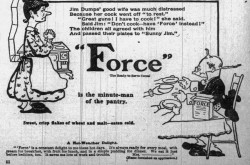
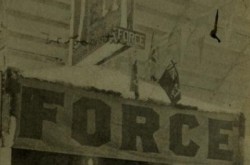
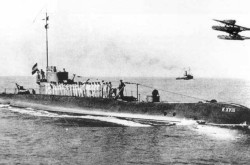
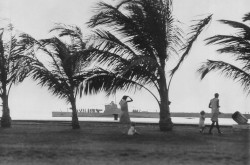
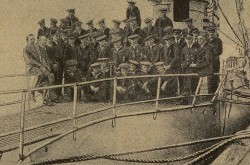
![A block of photographs showing some of the people involved in the bombing of beluga whales in the estuary and gulf of the St. Lawrence River. Anon., “La chasse aux marsouins [sic]. » Le Devoir, 15 August 1929, 6.](/sites/default/files/styles/thumbnail_7/public/2024-09/Le%20Devoir%2015%20aout%201929%20page%206.jpg?h=584f1d27&itok=TppdLItg)

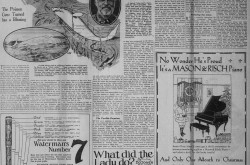
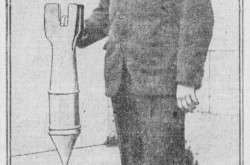
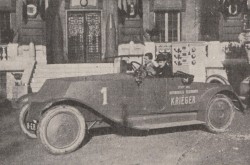
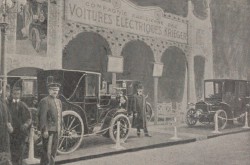
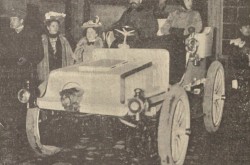
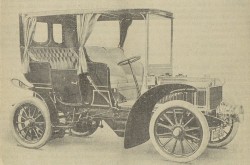


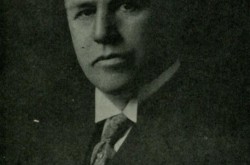
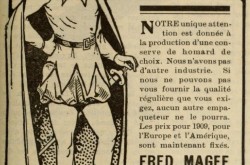
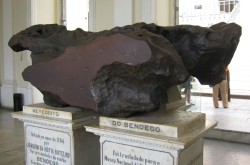
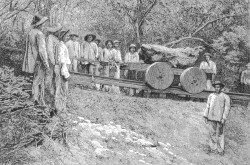
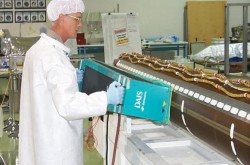
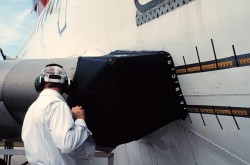
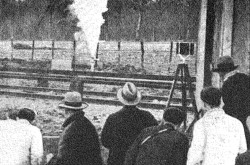
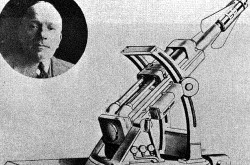
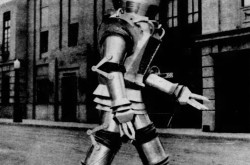

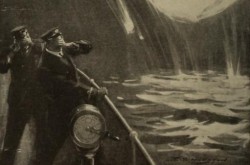
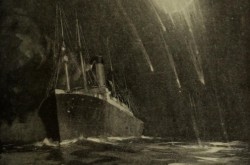
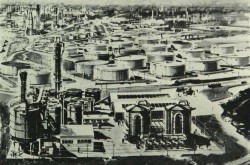
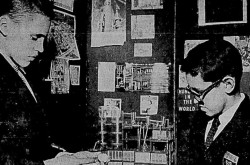
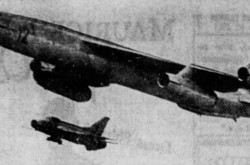
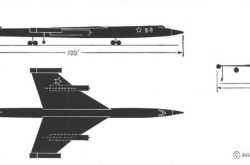
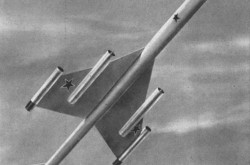
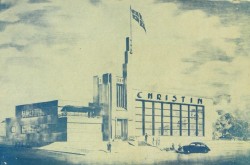


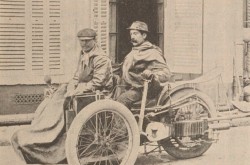
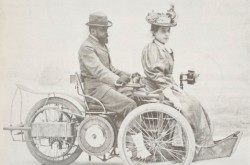
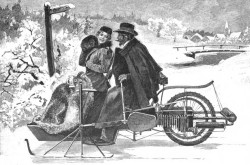

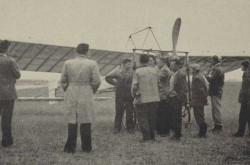
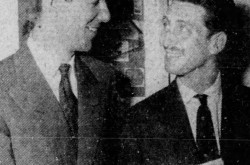

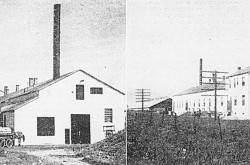
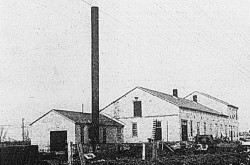
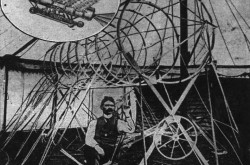
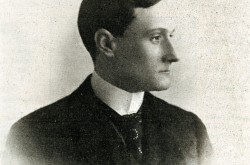
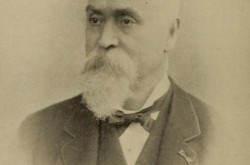
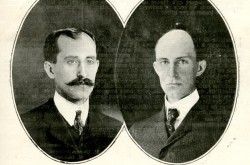
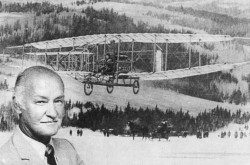
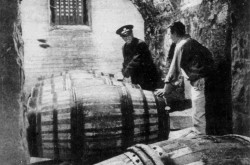
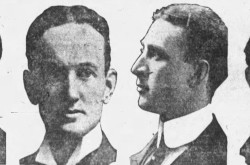
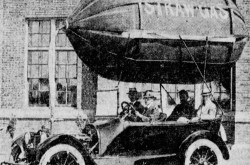
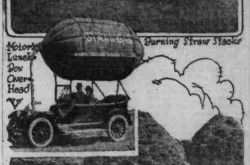
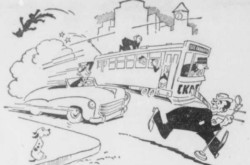
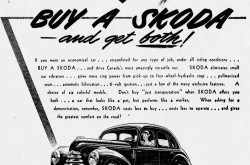
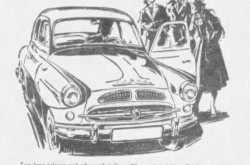
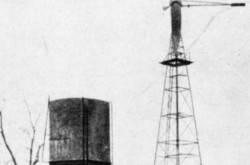
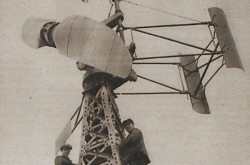
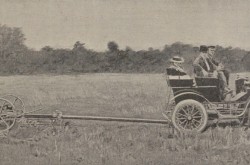
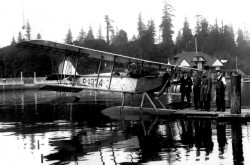
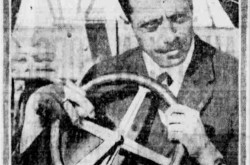
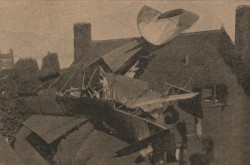
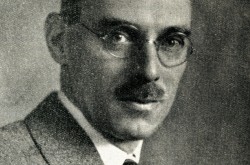
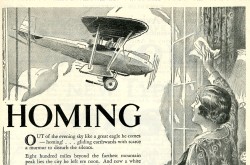

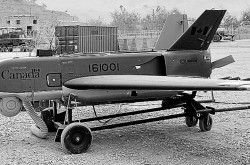
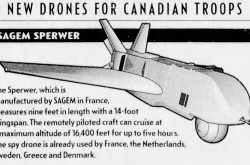
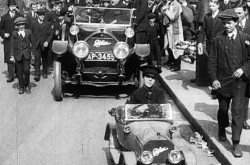
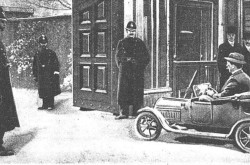
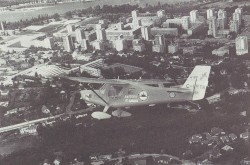
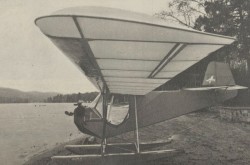
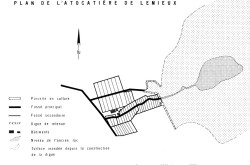
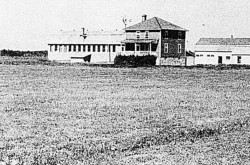
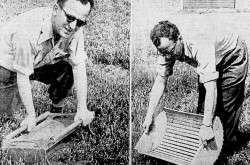
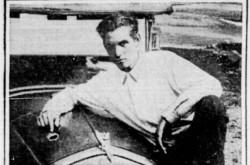
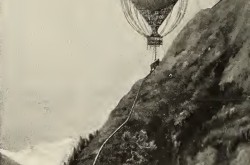
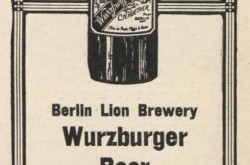
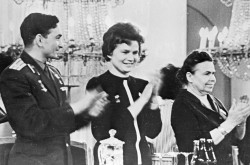
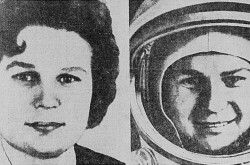
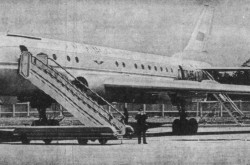
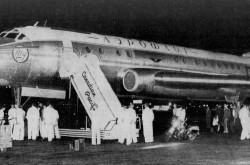
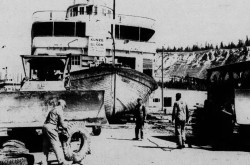
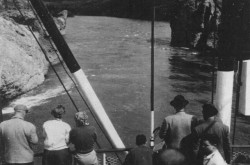
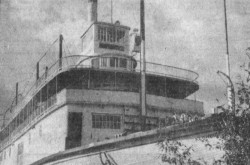
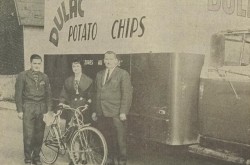
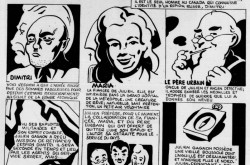
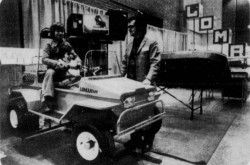
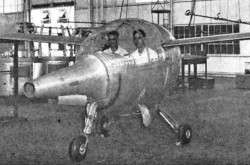
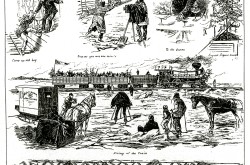
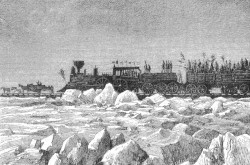

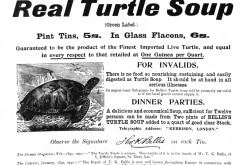
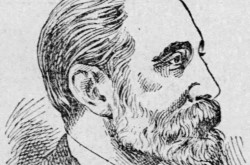

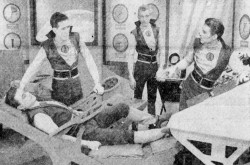
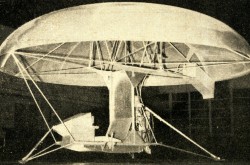
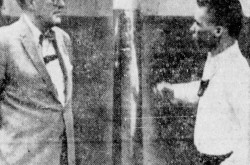
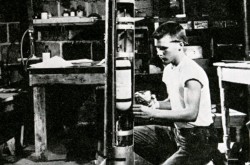

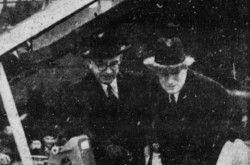
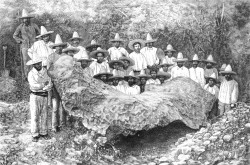

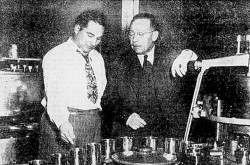
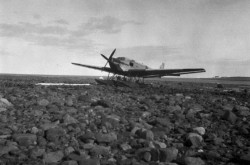
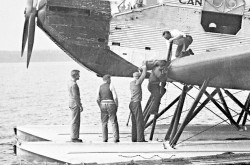
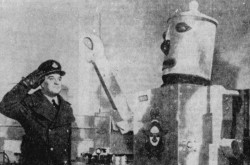
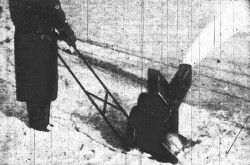
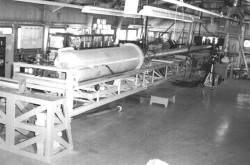
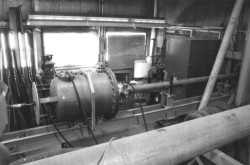
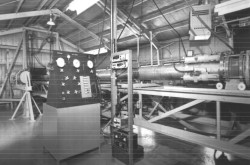

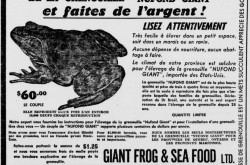

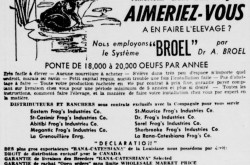
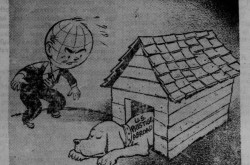
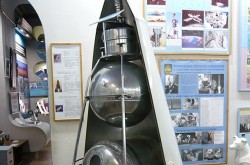
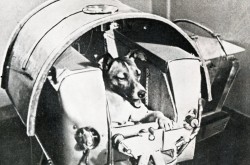
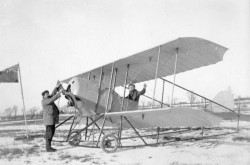
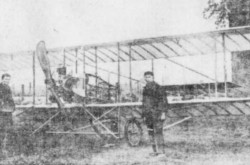
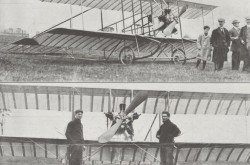
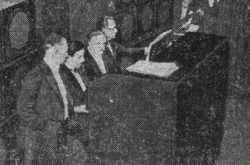
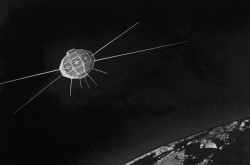
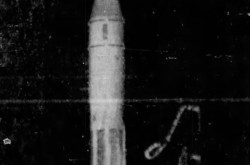
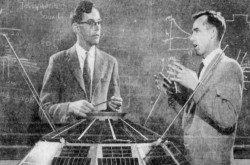
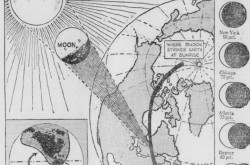
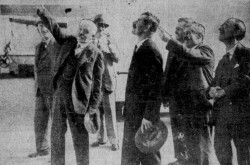
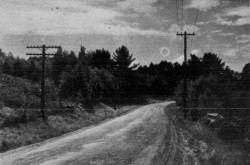

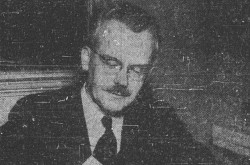
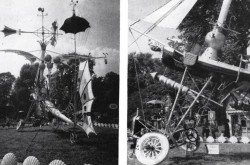

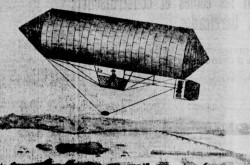
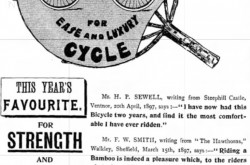
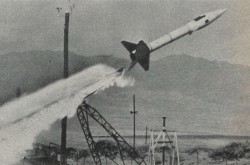
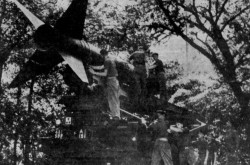

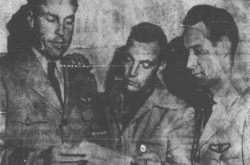
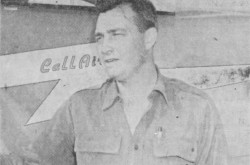
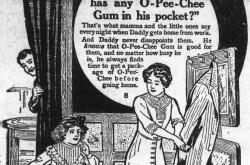
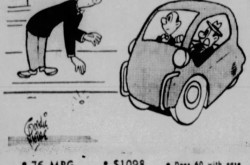
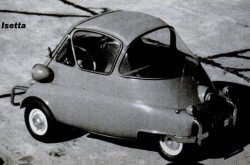
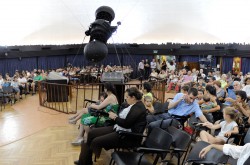
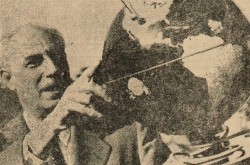
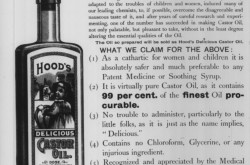
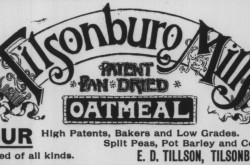
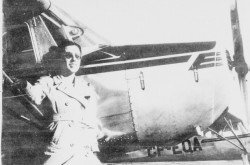
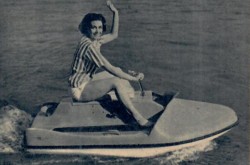


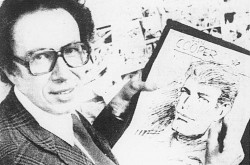
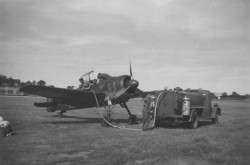
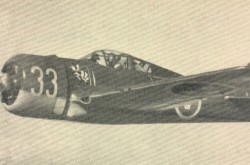
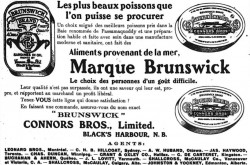
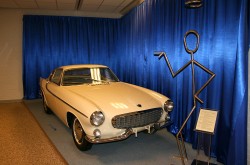
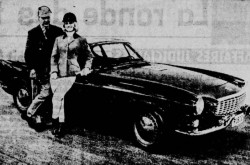
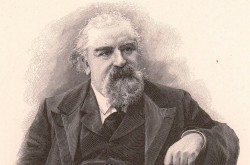
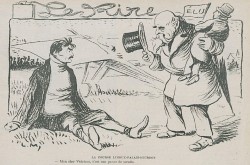
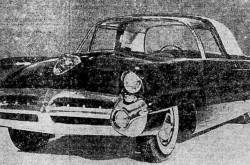
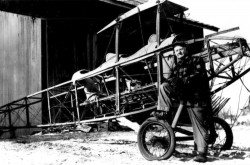

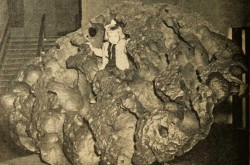
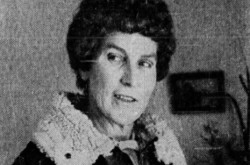
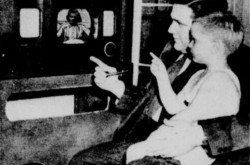
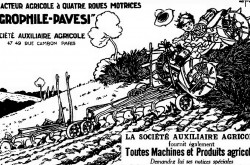

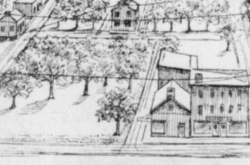
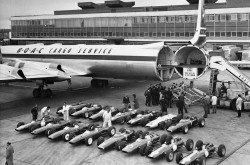
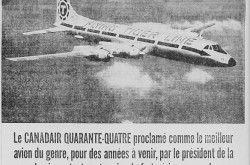
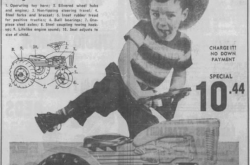
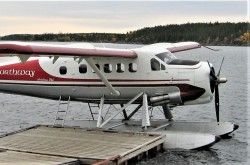
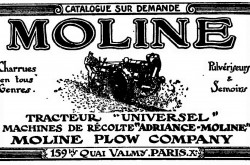
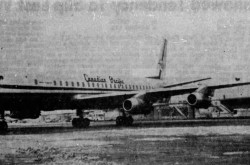
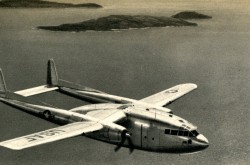
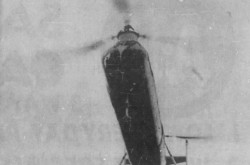
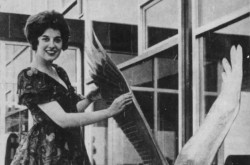
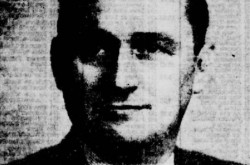
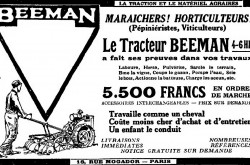
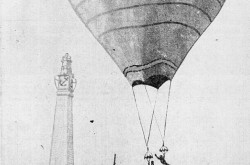
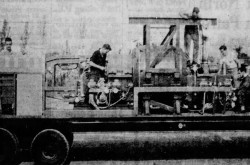
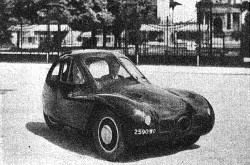
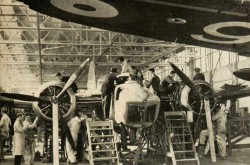

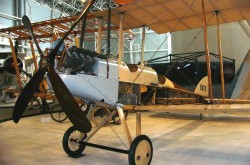
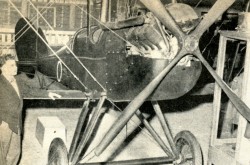
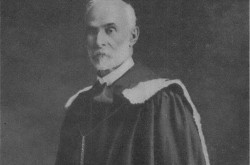
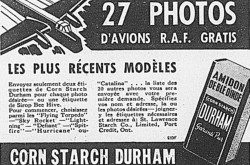
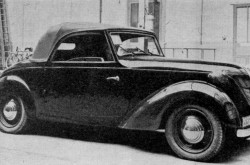
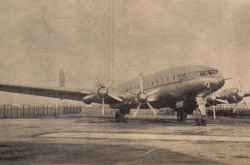
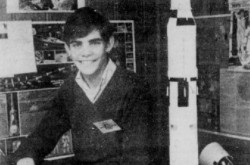

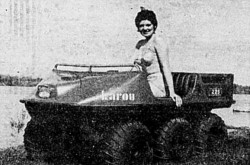
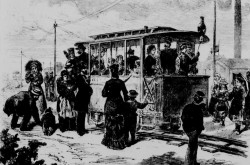
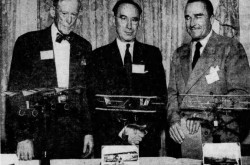

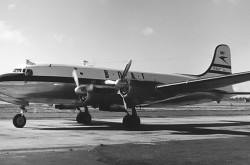
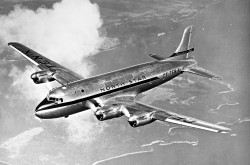
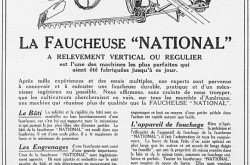
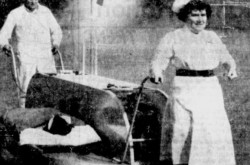
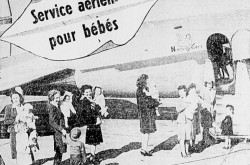
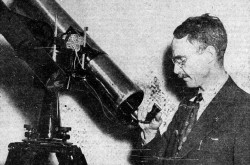
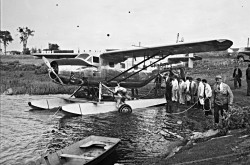
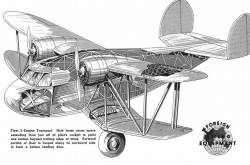
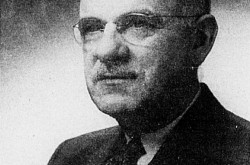
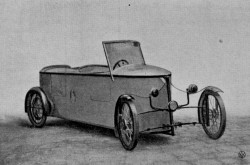
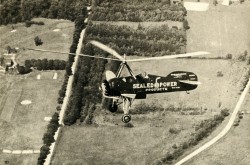
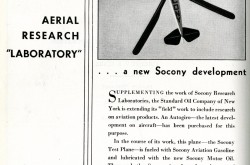
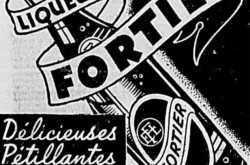
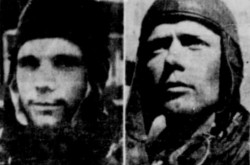

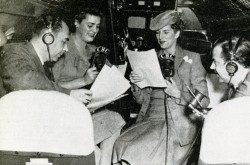
![Peter Müller at the controls [sic] of the Pedroplan, Berlin, Germany, March 1931. Anon., “Cologne contre Marseille – Le mystère du ‘Pédroplan.’ [sic]” Les Ailes, 2 April 1931, 14.](/sites/default/files/styles/thumbnail_7/public/2021-04/Les%20Ailes%202%20avril%201931%20version%20big.jpg?h=eafd0ed4&itok=WnBZ5gMf)
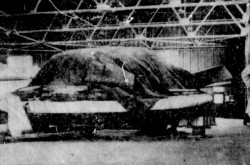
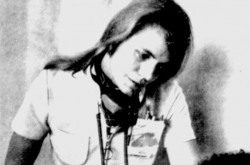
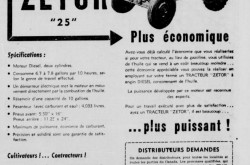
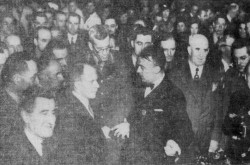
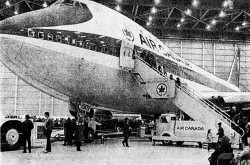
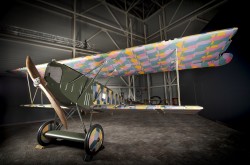
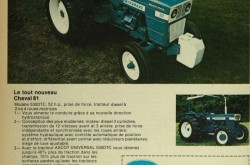
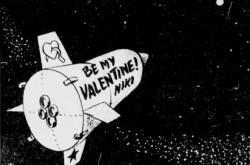
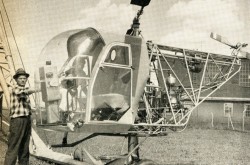
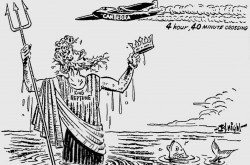
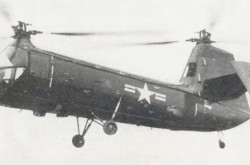
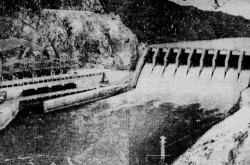
![One of the first de Havilland Canada Chipmunk imported to the United Kingdom. Anon., “De Havilland [Canada] DHC-1 ‘Chipmunk.’” Aviation Magazine, 1 January 1951, cover.](/sites/default/files/styles/thumbnail_7/public/2021-01/Aviation%20magazine%201er%20janvier%201951%20version%202.jpg?h=2f876e0f&itok=DM4JHe5C)
